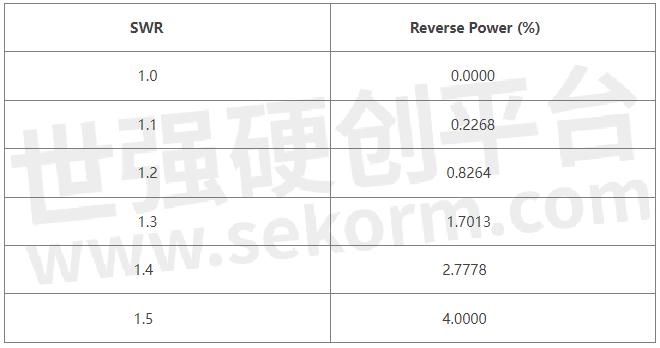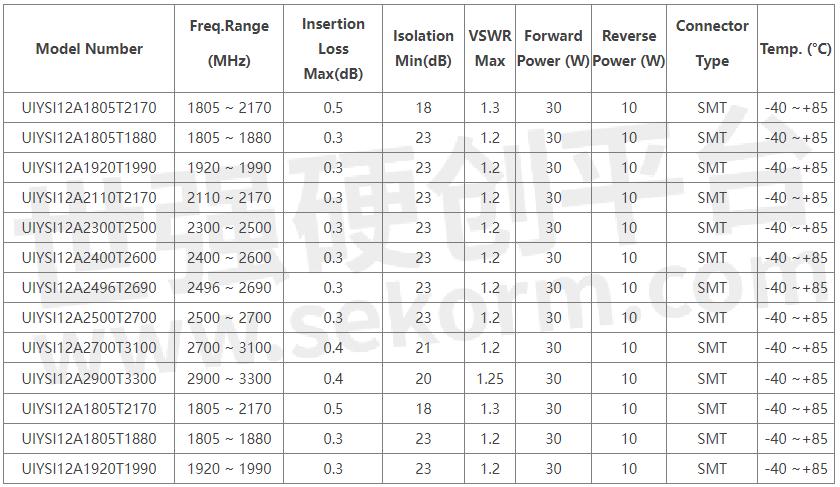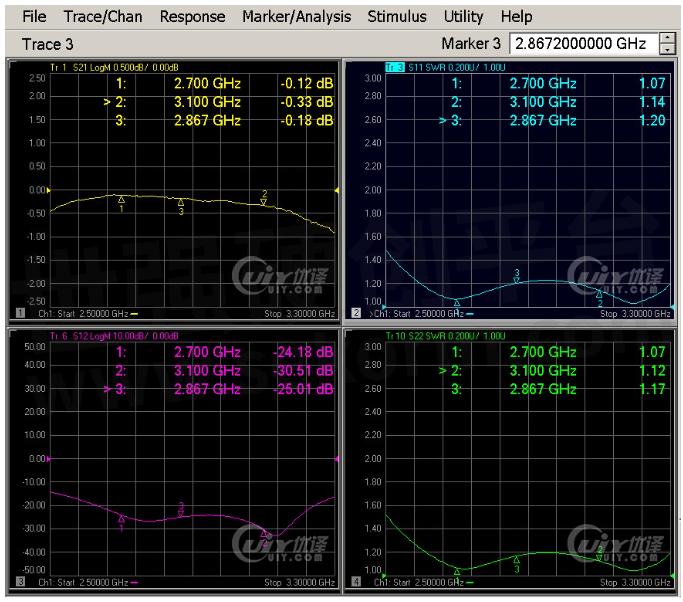Reverse Power and How It Is Measured

The reverse power (or reflected power) is the sum of all the power output from the device to the capacitor plate or the inductor coil, including the effective power absorbed by the load and the reflected power not absorbed. Usually recorded as Pr.
The measurement of reverse power is an important part of network measurement. For RF signals, reflections occur when the impedances of two connected devices differ. Reflection measurement is to measure the ratio relationship between the reflected signal and the input signal.
A network analyzer uses the R receiver to measure the input signal and the A receiver to measure the reflected signal, so reflection measurements are often expressed as the ratio of A to R (A/R), and we can use the amplitude and phase information of the A and R receiver signals fully quantitatively characterize the reflection characteristics of the DUT.
In S-parameter terms, S11 represents the reflection from DUT port 1 (input port), and S22 represents the reflection from DUT port 2 (output port). The purpose of reflection measurement is to ensure the effective transmission of RF energy. If the energy is reflected, it means that very little energy is transmitted to the target place; in addition, if the reflected energy is too large, it may burn the device, such as the output power amplifier.
The Reverse Power Factor:

Surface Mount Circulator RF characteristics

Surface Mount Isolator RF characteristics


- +1 Like
- Add to Favorites
Recommend
- Installation of UIY Surface Mounting Isolator/Circulator
- UIY Released New 180° 3dB UIY2T2HC4040A, Operating Over 6-18GHz Ultrawide Band, Insertion Loss Less Than 1.5dB
- UIY INC. Exhibits at 2024 IMS Washington D.C. 18th~21th June
- 5 Clues Help Understanding the DBS Band
- Things You Need to Know About Combiner and Duplexer
- Frequency Bands Suitable for Satellite Communications
- Microstrip Isolator/Circulator Mounting Instruction Manual
- Installation Instruction of Drop In Isolator & Circulator
This document is provided by Sekorm Platform for VIP exclusive service. The copyright is owned by Sekorm. Without authorization, any medias, websites or individual are not allowed to reprint. When authorizing the reprint, the link of www.sekorm.com must be indicated.





























































































































































































































































































































































































































































































































































































































































































































































































































































































